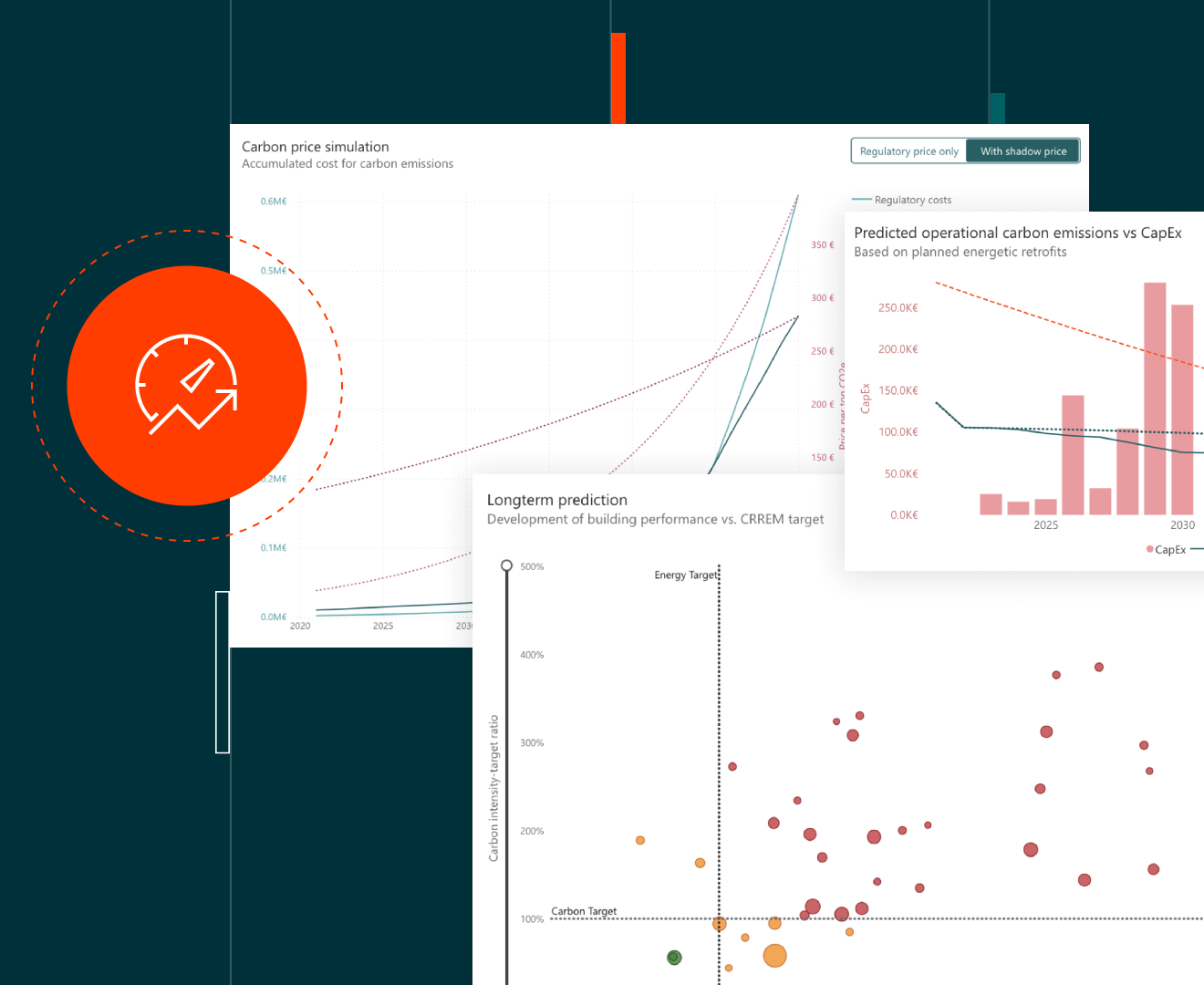Chapter 6: SOM - Values Driven Design: How Architects and the Real Estate Industry Can Achieve Shared Goals for Environmental and Social Good

CHAPTER 6 SUMMARY:
SOM: Values Driven Design - How architects and the real Estate industry can achieve shared goals for environmental and social good
SOM (Skidmore, Owings & Merrill): As an internationally renowned architecture, engineering, and urban planning firm, SOM brings its expertise in sustainable design and construction to the discussion. The firm offers guidance on how to incorporate sustainable design principles into new developments and retrofit existing buildings to improve their environmental performance and resilience.
Key findings:
ESG reporting in real estate has evolved beyond mere compliance. It has been driven by factors, such as investor appetite for sustainable portfolios, tenant preferences, and awareness of the sector's carbon footprint, alongside thorough carbon reporting, life-cycle analysis, and metrics on tenant welfare and community impact.
The architect's role in driving ESG outcomes: From developing energy-efficient structures and minimizing resource usage to crafting spaces that foster social wellbeing, architects are leading the charge in incorporating sustainable principles into real estate.
Seeking design strategies to reduce the buildings' operational energy use: Charenton-Bercy project exemplifies the positive impact of an architecture design process driven by clear ESG objectives, promoting sustainable workplaces, with increased daylight, shaded workspaces, and accessible green spaces at multiple levels.



